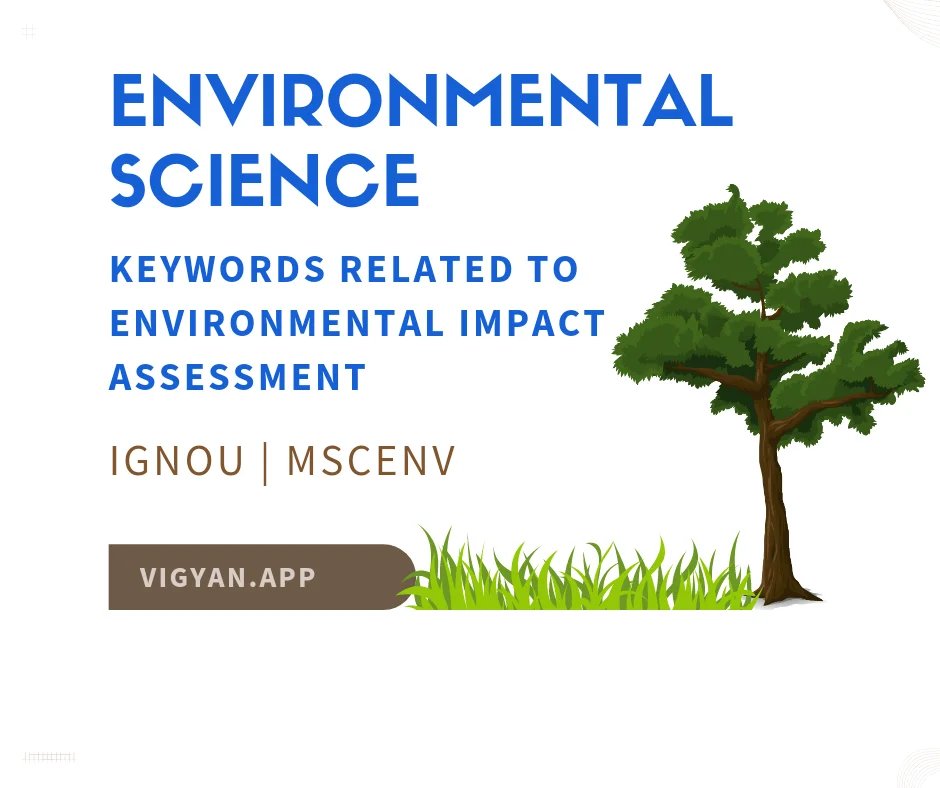Some terms related to Glaciers
Global Climate Change (MEV-011) (MSCENV IGNOU)
A glacier is a frozen mass of ice moving slowly over land. Glaciers are formed due to continuous accumulation of snow and its compaction under its own weight.
Health of a glacier is assessed through its mass balance. The mass balance of a glacier is the net change in its mass over a reference period, generally in a year. A glacier gains mass through snow from snowfall and loses mass by melting of snow or ice.
Greenland and Antarctica are the example of ice sheets on Earth and Siachen, Gangotri and Zemu are the common examples of valley glaciers.

Glaciers is eastern Himalaya receive maximum amount of their annual snowfall during monsoon season, and the glaciers in western Himalaya receive maximum amount of snowfall during winter season through “Western Disturbances”. Accordingly, the glaciers in eastern and western Himalaya are known as summer and winter accumulation type glaciers, respectively.
An ice age is considered to be that time period when there is significant reduction in the temperature of the Earth’s surface and atmosphere, which results in the formation of new or expansion of existing continental and polar ice sheets and alpine glaciers.
Every year glaciers receive snow from snowfall especially during winter season, and melt when the temperature gets higher especially during the summer season.
Glacier retreat is the backward shifting of its terminus point, known as snout, leading to reduction in length of the glacier.
Meltwater from glaciers during the lean period, makes Himalayan rivers and thousands of their tributaries, perennial in nature, with water availability throughout the year.
Hydrology of glacierised regions is thermally controlled and the increasing temperature is affecting both the quantum as well as timing of runoff. Increase in temperature lead to earlier onset of melting season and higher runoff.
Rainfall over 100 mm per hour occurring in a small geographical area is referred as cloudburst. High temperatures lead to excessive built up of moisture levels in the atmosphere and extreme condensation. This moisture content then falls in the form of cloud bursts in mountainous regions.
Glacial lakes are formed due to impoundment of water at the glacier terminus due to landslide or huge ice blocks detached from the main glacier or debris deposited by the retreating glacier.
Cloudburst, earthquake or other intense events may lead to failure of dam impounding glacial lake, causing flash floods in the downstream region.

Diversity of life present on Earth is referred as biodiversity. India accounts for 7-8% of all recorded species, including over 45,000 species of plants and 91,000 species of animals. Four of 34 globally identified biodiversity hotspots: The Himalayas, the Western Ghats, the North- East, and the Nicobar Islands, are found in India.
Ecosystem services refer to all the benefits that nature provides to human beings. Different types of services provided by an ecosystem are grouped into 4 categories: Provisioning services, Regulating services, Habitat services and Cultural services.
Barriers in migration and the rate of change in climatic envelope being higher than the rate of species migration are leading to extinction of species i.e., disappearance of a type of organisms or a group of similar organisms, from Earth.
Timberline refers to the highest altitude in a mountain or hill up to which the trees can survive, and Snowline refers to the lowest altitude above which snow is present throughout the year. The zone between tree line and snowline in mountains is covered with shrubs and grasslands.
You May Also Read – Cloudburst and Flash Floods
You May Also Like
- जैव विविधता (Biodiversity): महत्व, प्रकार, संरक्षण और भारत में स्थिति
- Artificial Intelligence to Be Taught in Indian Schools from Class 3 Starting 2026
- Zoho Arattai App with Zia AI and Enhanced Privacy Features Challenges WhatsApp
- Zoho Arattai The 20 Year Tech Journey Behind India’s Swadeshi Messaging App
- Nobel Prize Winners 2025: नोबेल पुरस्कार 2025 की पूरी जानकारी हिंदी में


